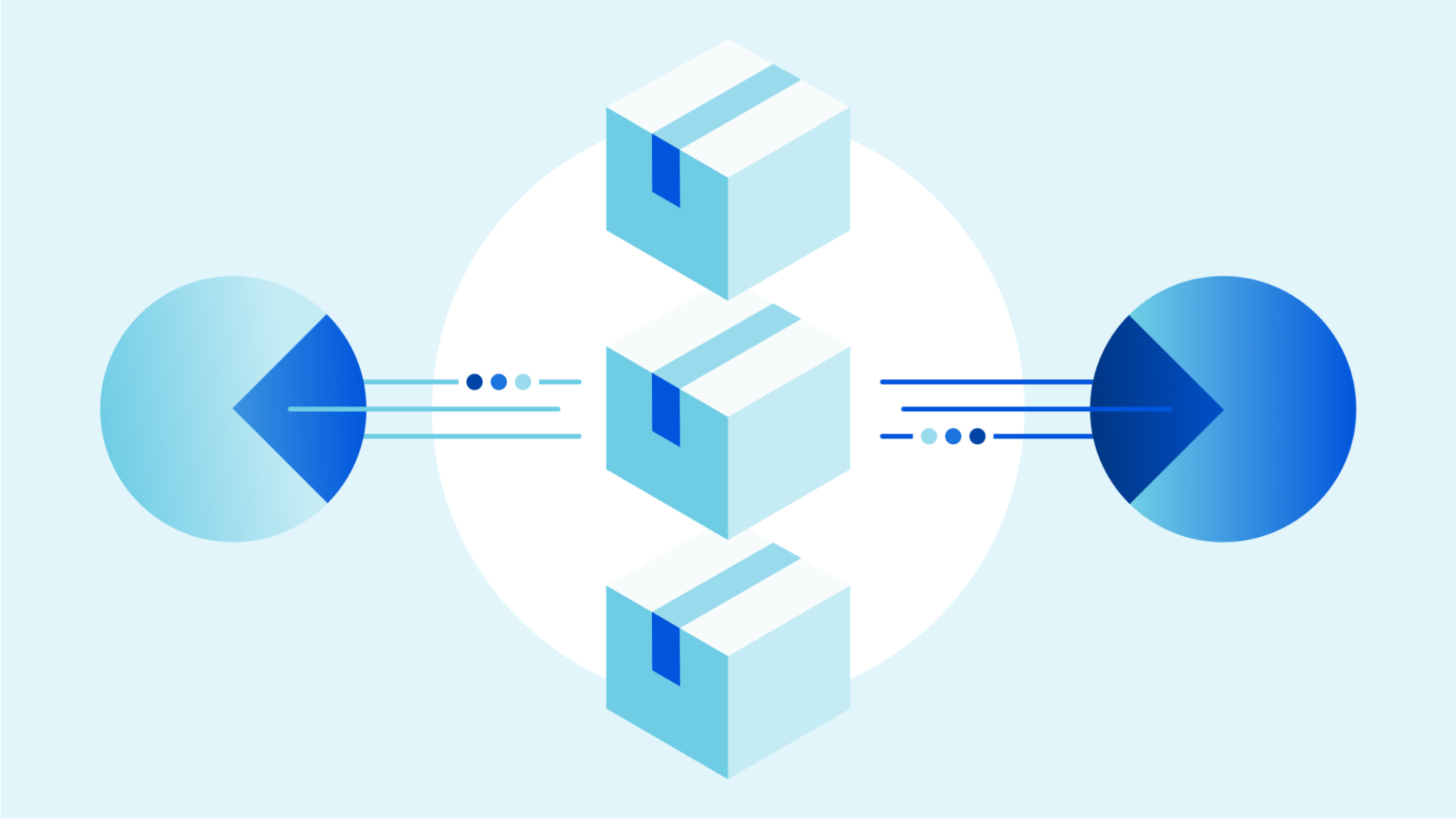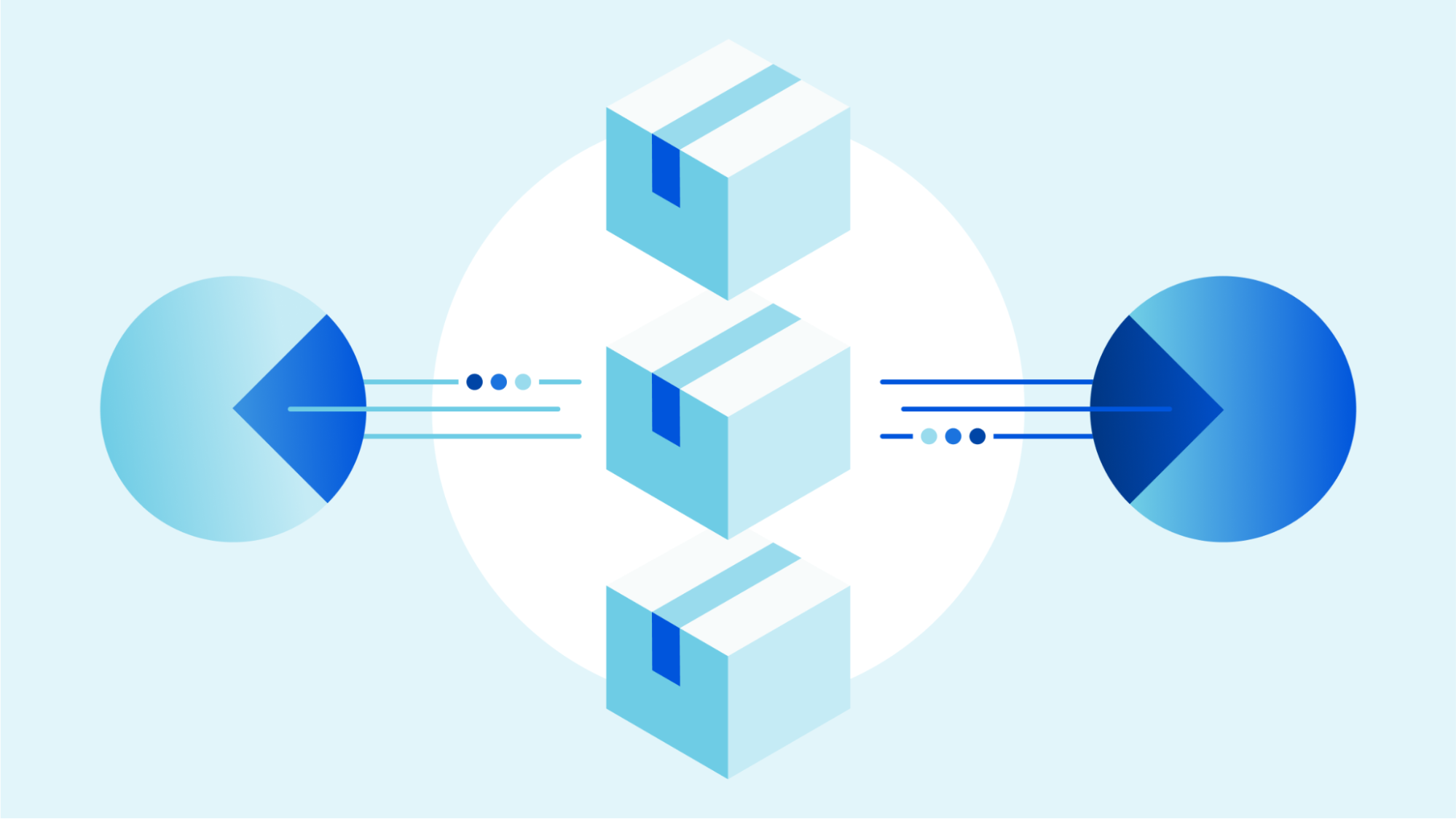0
The large attack surface of Kubernetes’ default pod provisioning is susceptible to critical security vulnerabilities, some of which include malicious exploits and container breakouts. I believe one of the most effective workload runtime security measures to prevent such exploits is layer-by-layer process monitoring within the container.
It may sound like a daunting task that requires additional resources, but in reality, it is actually quite the opposite. In this article, I will walk you through how to use existing Linux kernel security features to implement layer-by-layer process monitoring and prevent threats.
Threat prevention and process monitoring
Containerized workloads in Kubernetes are composed of numerous layers. An effective runtime security strategy takes each layer into consideration and monitors the process within each container, also known as process monitoring.
Threat detection in process monitoring involves integrating mechanisms that isolate workloads or control access. With these controls in place, you can effectively prevent malicious behavior, reduce your workload’s attack surface, and limit the blast radius of security incidents. Fortunately, we can use existing Kubernetes mechanisms and leverage Linux defenses to achieve this.
Kernel security features
By pulling Linux defenses closer to the container, we can leverage existing Kubernetes mechanisms to monitor processes and reduce Continue reading





